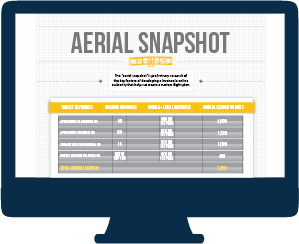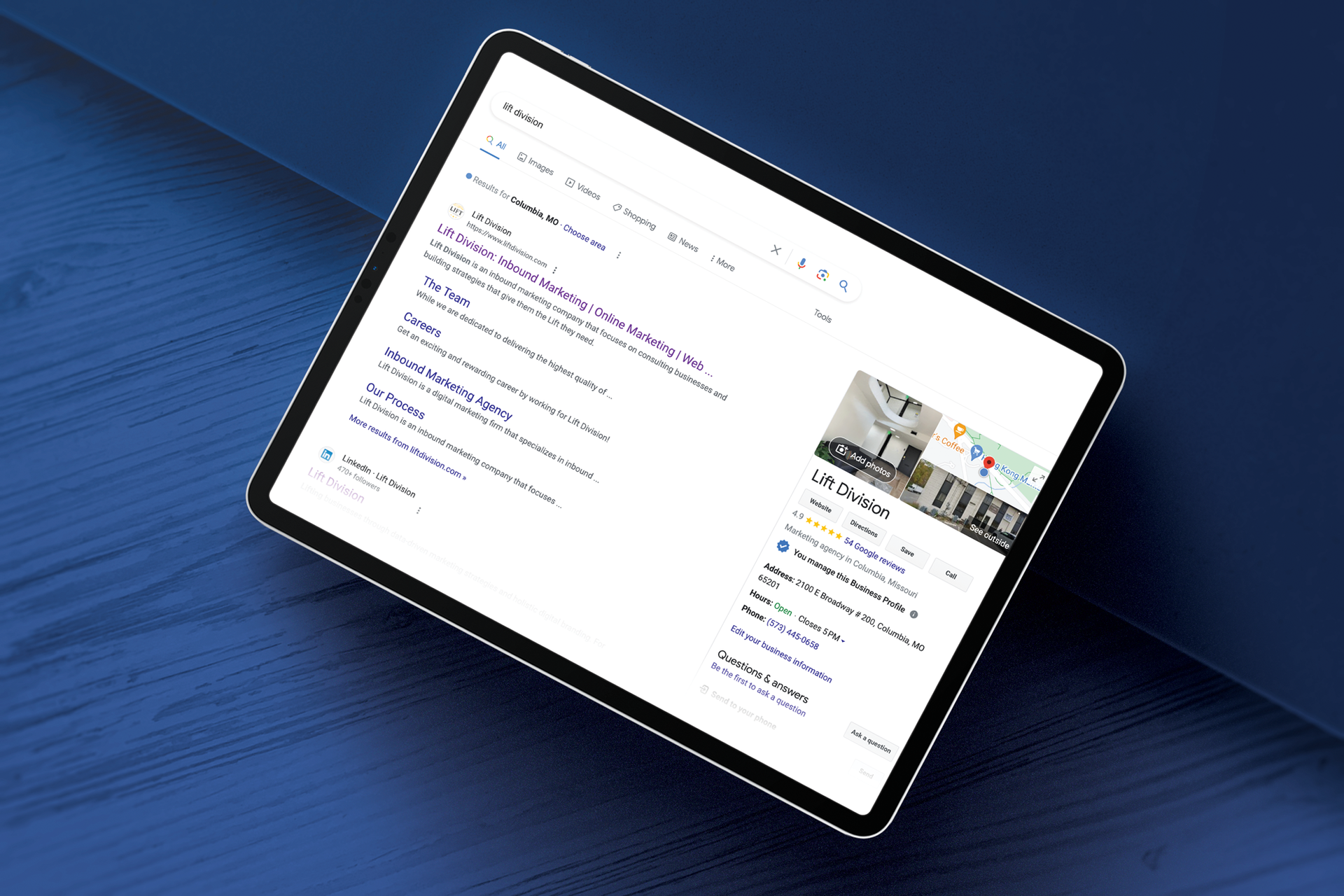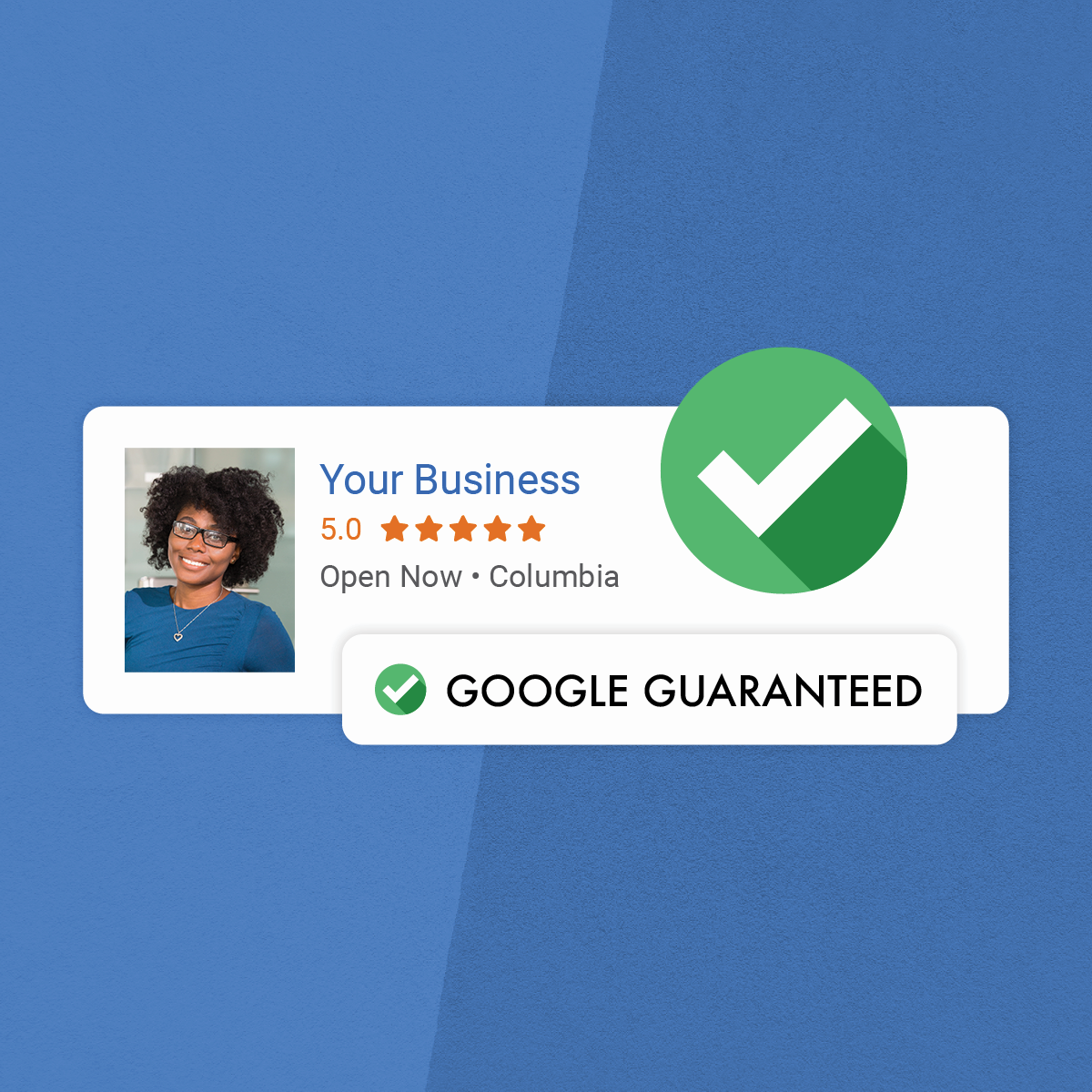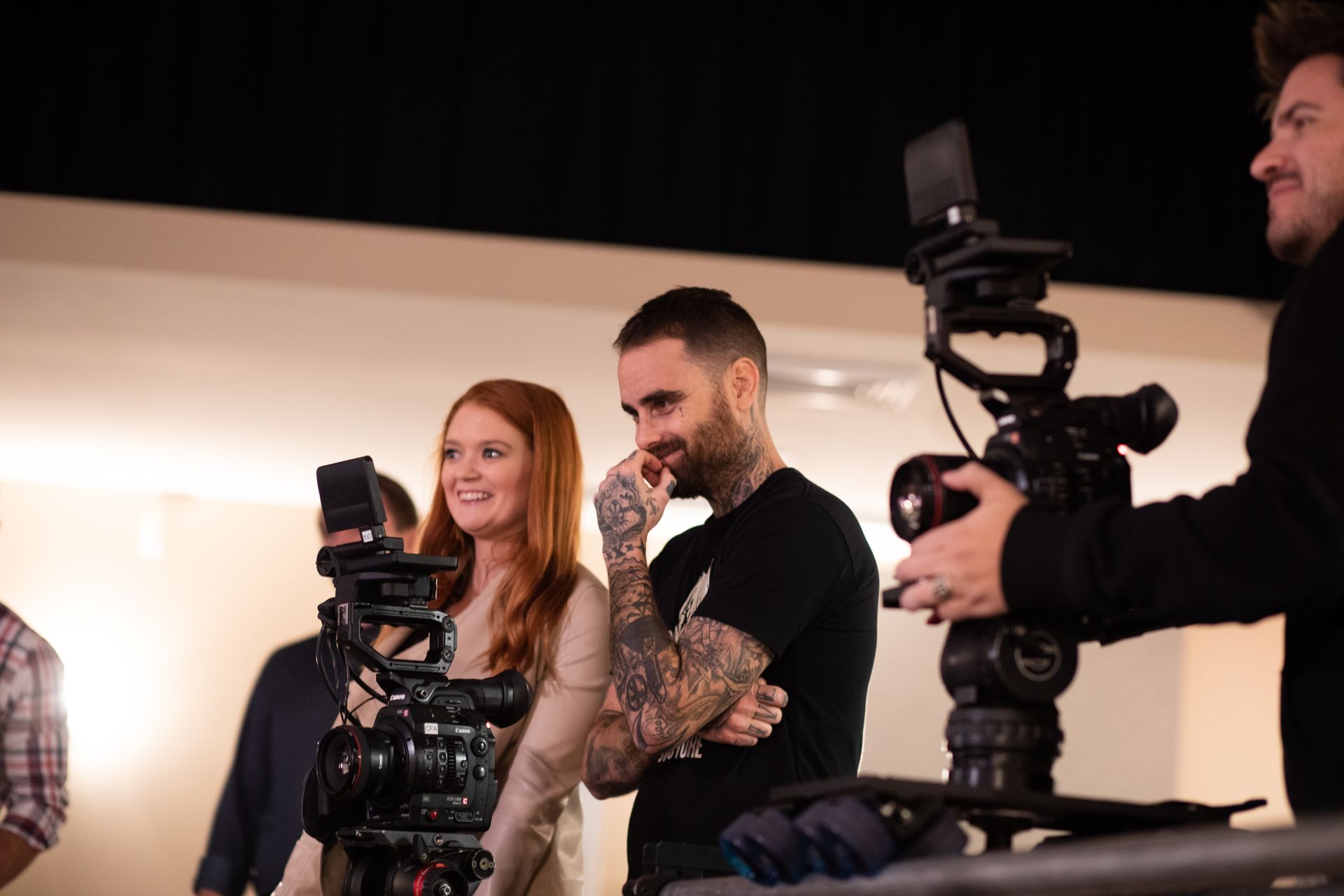What is Inbound Marketing and Why Does it Work?
Inbound marketing is the practice of placing your brand into channels that are easily accessible to potential customers. Inbound efforts engage both knowledge seeking and passive consumers in a way that encourages interaction and exploration of your brand.
The rise of the internet and social media have changed the way people shop and, as a result, changed the ways in which businesses market to consumers.Through inbound marketing, businesses are able to engage consumers and receive near constant feedback that’s used to further engage consumers, with the ultimate goal of converting them to loyal customers. The results of inbound marekting’s booming popularity are evident throughout all forms of media. Blogging, social media marketing, search engine optimization, and video have become key components of successful marketing operations evident by the rise in spending on each. Blog posting and guest content creation are expected to make up almost 30 percent of marketing budgets this year followed by video marketing at 18 percent and these figures are expected to increase in correlation with advances in consumer technology.
Buyers now have a wider variety of product choices in each category than ever before. Recommended and similar products overwhelm each buyer’s shopping process, which means that proactively engaging buyers in their research is the most effective way to stand out in a market saturated with options. That’s where inbound marketing comes in.
What is Inbound vs Outbound Marketing?
Inbound marketing is all about drawing customers in with organic and paid media that engages their sense of curiosity. Unlike traditional marketing efforts, which were heavily one-sided, inbound marketing leverages technology to create interaction between your business and potential customers. Mediums like search networks, streaming sites, social networks, and messaging applications are the standard platforms that marketers use to connect with today’s online-immersed consumers.
In the past, outbound marketing was the most effective way of reaching customers. TV, radio and print dominated as mediums for advertising and salespeople were an integral part of business-to-consumer interaction. Advertising revenue had steadily increased from its inception in the 1950’s through the turn of the century in 2000. After 2000, on the tail end of the Internet Boom, the scope of these traditional marketing channels began to wane. Outbound marketing focuses on pushing brands towards consumers using one-way communication strategies which, while effective in some cases, isn’t adequate when trying to engage today’s consumers.
Simply put, inbound marketing is empowering for both consumers and businesses. In a world where most people are inundated with information and 47 percent of buyers view multiple pieces of content before engaging with a brand placing a quality message in front of a potential customer at the right time is the most effective way to create loyalty among shoppers. Potential customers want companies to provide resources that are readily available, helpful, and add objective value to their shopping experiences. This is where inbound benefits both parties. Through inbound, consumers are able to receive the meaningful content that they are looking for and brands are able to position themselves as both product leaders and industry experts.
“Where outbound marketing is all about getting your brand out through advertising and one-way communication, inbound marketing focuses on building your brand — providing valuable content and interactive, two-way communication to bring customers in.”
- Lift Division
Inbound marketing also makes financial sense for your business. Using meaningful content and branded digital advertising to draw customers in creates a wider organic and paid reach than traditional outbound methods. According to Hubspot’s annual State of Inbound report “Inbound marketing costs 62 percent less per lead than traditional, outbound marketing.” The efficiency and cost effectiveness of inbound strategies are self evident. Marketing professionals across industries have taken notice are adopting the practice with significant results. Additionally, 75 percent of marketers using inbound strategies see their marketing efforts as effective. In comparison, a little over 65 percent of outbound marketers see their efforts as effective.
How Can My Business Use Inbound Marketing?
Given what we know now about the importance of inbound you may be wondering how to start integrating inbound into your own marketing efforts. Consider the ideas below:
- Fully embrace mobile.
- In addition to being immersed online, today’s customer is mobile-integrated; so to be effective, your marketing efforts should be too. A report examining internet usage across platforms found that mobile usage accounted for over half of all web browsing activity in 2017, up from just .07 percent in 2009. Tapping into the mobile market creates an immense opportunity to engage customers in inbound video, social and messaging campaigns through mobile friendly channels.
- Make friends with Google.
- There are a number of algorithm-based advertising and search platforms but Google is the most prominent and therefore sets the standard for inbound requirements. 61 percent of marketers say improving SEO and growing their organic presence is their top inbound marketing priority according. Staying up-to-date with platform policies and changes increases your chances of reaching customers without disruption.
- Create content with meaning.
- In order to create a two-way dialogue using inbound marketers have to understand what matters to their potential customers. Content without substance appear as clutter to be navigated in pursuit of content that speaks to the needs of consumers. The content you create should be helpful without pressuring the reader to purchase your product. Objectivity is key. Engaging content can be the first step toward converting leads into paying customers.
Consumers have a variety of choices when it comes to buying, which means that quality is the new quantity when it comes to marketing. Inbound engages consumers without being disruptive and that is why it is so effective. The important things to remember are to utilize the best channels at the right times, stay current with search engine updates, and create meaningful content across all mediums.
If you’re looking for a way to attract potential customers, adopting a tailored inbound strategy is the most effective choice. Here at Lift Division we provide a number of services that work together to create a unique and effective inbound strategy for our clients. Learn more about what we can do for your business here.

Originally from Louisville, Kentucky, Sarah had an interest in art, writing and technology from a very early age. She spent her childhood building websites and designing album artwork. Fortunate enough to attend a high school that offered graphic design classes, she was able to pursue her passion and expertise earlier than most of her peers.
Sarah oversees all operational and visual aspects of Lift Division, including design, community management, photography, videography, recruitment and company initiatives. With over 15 years of experience in marketing, Sarah has been instrumental in the high growth of multiple companies and brands, which included helping a company flourish from a $10M to $45M company. She innovates, leads and executes strategic marketing initiatives from the ground up.
Sarah has held various marketing and design positions including Brake Printing, Missouri Consolidated Health Care Plan, Westminster College and Fresh Ideas Food Service as the Director of Marketing. Her career has allowed her to innovate, lead and execute strategic marketing initiatives from the ground up while managing a team of digital marketers. Sarah has managed and developed marketing, communication, branding, digital communities and creative direction for various companies throughout her career.
GET A FREE ONLINE MARKETING ASSESSMENT!

Our FREE Aerial Snapshot will:
- Identify Valuable Keywords & Your Current Rankings
- Analyze Your Current Local Presence
- Review Key Performance Indicators on Your Website
- Assess Your Social Media Profiles
- Provide You with a Reputation Analysis







